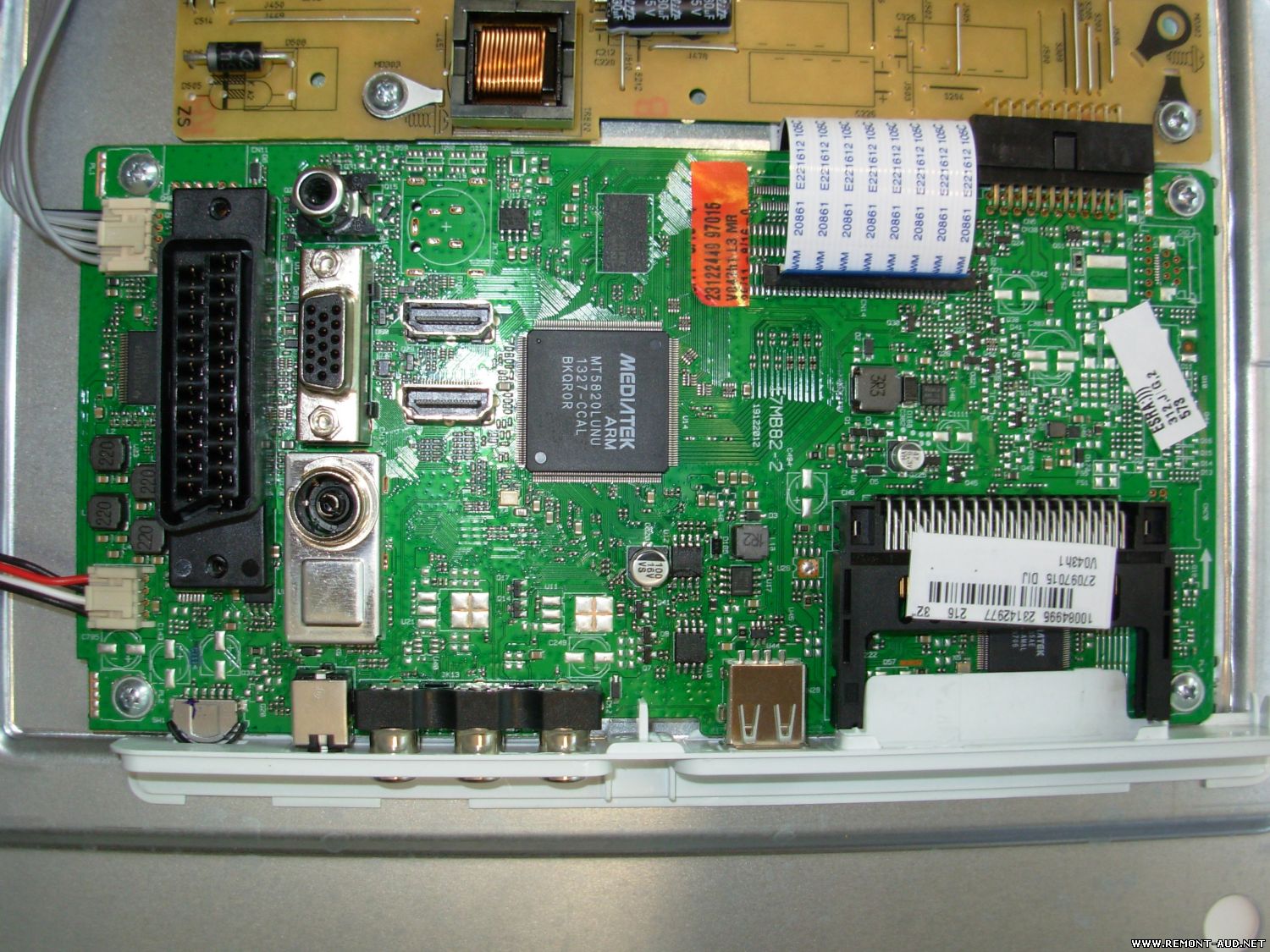You can download the latest Marlin source code from the Downloads page. Older versions and detailed Release Notes can be downloaded from the Marlin Releases page on GitHub. If you have downloaded a software update for your router, it is likely that you have been provided with a BIN format file. To burn or “mount” the image correctly, you will need to select the CUE file and not the BIN file. This means that in ImgBurn, Burn or whatever other program you have chosen to mount the image file you want to act on, you need to open the file with the extension . Sometimes, anti-malware software detects false positives and unnecessarily quarantines “.bin” files, blocking your access.

You may then root your device by flashing the modified boot image file with the Fastboot command. Extracting the Boot.img file is time-consuming and requires some effort. Every smartphone brand has a unique firmware format, and the boot.img location on a firmware might also change. Many OEMs, like as Google and Motorola, enable users to extract boot.img files straight from their firmware. However, manufacturers such as Realme and Oppo keep the Boot.img file within the OZIP file, whereas OnePlus stores the image file within payload.bin. In the examples, both firmware images available in the IoTGoat project and images extracted from other IoT devices are used to illustrate some of the possible scenarios. The analysis can be divided into initial recognition phases, the identification of existing file systems in the firmware and their extraction or assembly.
With the directions I’ve given you on the previous lines, you should have managed to open the BIN files (or, in any case, use them correctly). However, in some cases, as mentioned in the opening of the publication, BIN files are not CD and DVD images. If your BIN image doesn’t have a CUE file, don’t worry, you can easily create one using Pad of notes (on Windows), edition of texts (on Mac) or any other text editor. All you have to do is start creating a new document and write the following in it.
- This tool wasn’t officially made available until squashfs 3.0, so up
- For Panasonic lens firmware updates, the .zip file contains a “.lin” file instead of a “.bin” file.
- Extract Android firmware images from an OTA payload.bin file.
- If you’re not sure which binary is the right one for you just start with tasmota.bin or consult the builds table to see which features you need.
But it’s not really a problem provided the contents of the flash chip were rewritten. Since everyone is compiling new applications for the Espressif chip now, merely reprogramming the serial flash on the board should be easy, right? ESP needs to be put into programming mode or flash mode before the firmware can be uploaded.
- Parameter names are different between these two tools though.
- When Arduino opens up, make sure that you select the right board of your 3D printer in the “Tools” section to avoid running into errors.
- In this software, you can view binary data in ASCII and HEX modes.
- Despite the speed and simplicity of using binwalk, due to the this link type of analysis it performs, based on heuristics, false positives are frequent.
Firmwares that use regular zlib squashfs or unsupported file systems will work if the steps that extract the file system and rebuild the
